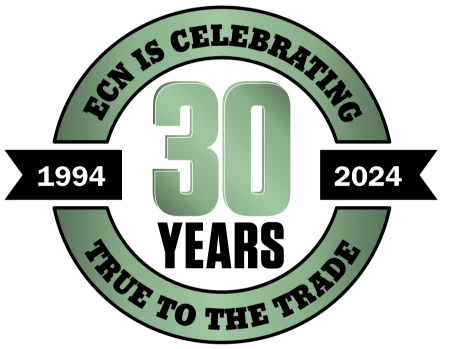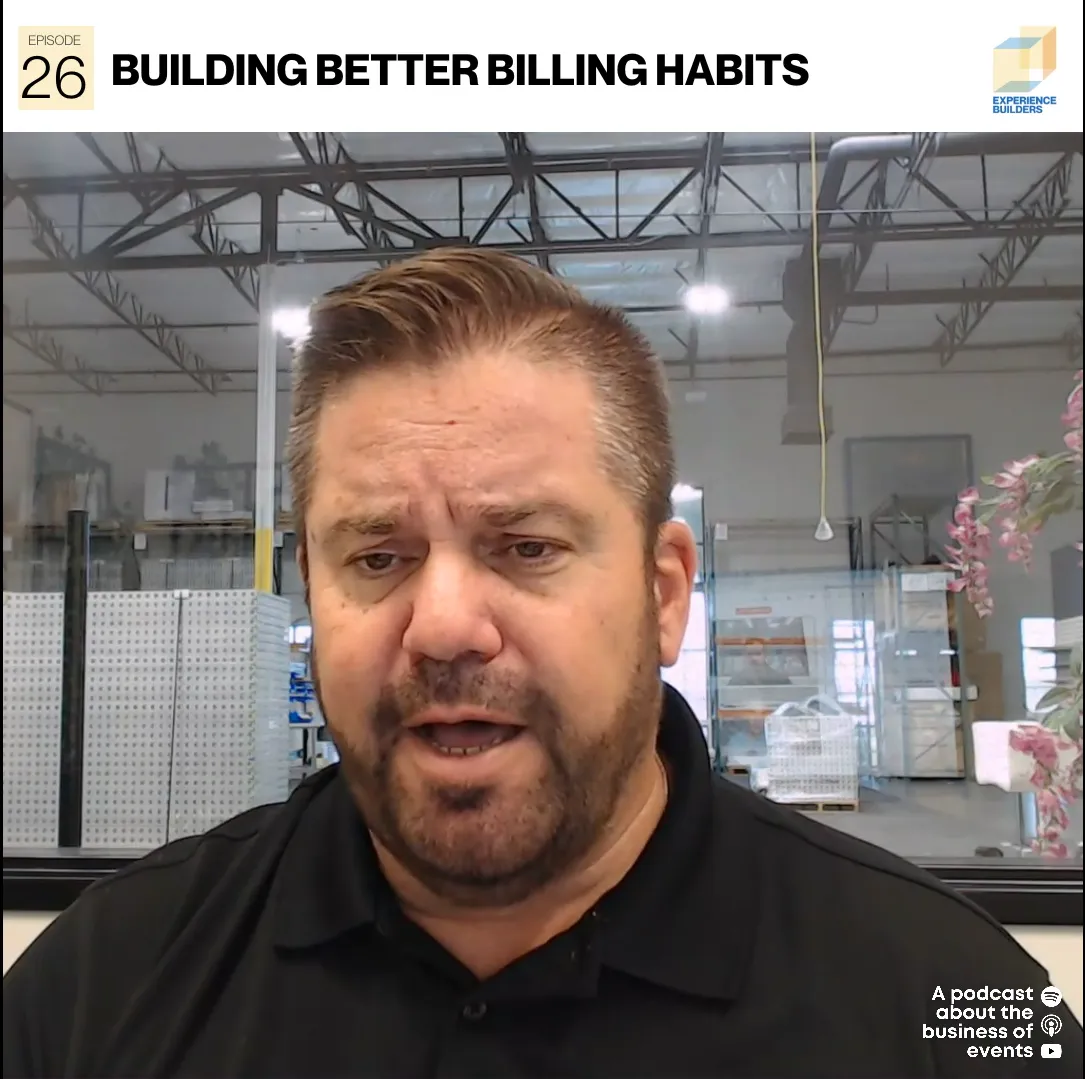You might think that corporate event planners are hired for their vision, energy, and ingenuity, yet you’re beating your head against the wall trying to understand why the best ideas never make it off the pitch deck.
The frustration is real: you’ve imagined an unforgettable activation and even tied it to business outcomes, but it still dies in committee. Why? Because creativity in corporate settings doesn’t fail at the idea stage—it fails at the approval stage.
It’s often not about lack of budget. It’s about lack of bravery, lack of buy-in, and, above all, a system that rewards the event planner for flawless execution, not magical moments.
Creativity Has a Chain of Command
Your corporate event planner or in-house partner probably has loads of respect and influence inside the company, so when you pitch big, you’re confident that they can sell it up the chain. In fact, you might even know that the chief marketing officer is itching for something new and different this time, so you swing for the fences.
Here’s the issue: While most planners sit in the marketing org., the actual sign-off comes from legal, brand, or even finance. The approval chain is built to mitigate risk, not reward bold ideas, which is why some of the best concepts get killed in the first meeting with a terse, “We’d never get that through legal.”
Big Ideas Threaten Small Comfort Zones
You are probably working with companies who already get the concept that “we’ve always done it that way” is the kiss of death, so you’re eager to share something innovative and exciting.
But even when you have an internal champion, there’s a limit. Stakeholders only have so much political capital to spend and pushing for creative, out-of-the-box ideas often costs more than playing it safe. When your ally burns through that capital advocating for something bold, it can backfire, leading to skepticism or silence the next time they bring an idea forward. You want your internal champion to look like the hero, not the scapegoat.
Metrics vs. Magic
Here’s the real kiss of death, though: Return on Investment (ROI) is easy to prove when it’s a booth and a badge scan, not when it’s an immersive pop-up lounge with zero lead gen but massive buzz.
Creative concepts need new ways to measure success, like Return on Emotion, Experience, or Equity (ROE). But they still have to tie to the dashboard. Leveraging ROE as the key metric alone won’t cut it. It has to tie ROE and ROI, so design accordingly.
Lack of Strategic Framing
Of course, you know that great ideas die when they’re presented as “fun” instead of “functional.” But your real detractor might be that your internal stakeholder doesn’t speak the language of business. Helping them tie creativity to pipeline, influence, or perception shifts will arm them with the terms they need to drive the concept internally.
That’s where you come in. Not just as the creative genius, but as the strategic ally. You can go a step beyond just pitching ideas and instead equip your internal partners with the language, logic, and leverage they need to sell it through. When you give them a clear business case and a confident narrative you can help them get those bold ideas through the approval gauntlet.
Don’t dial back your brilliance, just help your internal partners feel more confident when they have to shop the concepts around the approval bingo card. The world needs more of your big ideas and less sameness. You’ve got this.
How Suppliers Can Help Internal Stakeholders Sell Bold Ideas
1. Arm them with a business case, not just a creative deck
- Translate the idea into business language: impact on pipeline, perception, customer journey, etc.
- Provide mock ROI scenarios or benchmarks from similar executions.
2. Offer “credibility collateral”
- Share case studies with measurable outcomes.
- Provide testimonials from other corporate clients who took a risk and saw results.
- Bonus: create a short internal-only video pitch they can forward to execs. You might have NO IDEA how your internal champion is pitching your idea. Maybe they need your voice and enthusiasm to help it.
3. Package the pitch for different stakeholders
- Marketing cares about brand and engagement.
- Finance wants costs and returns.
- Legal compliance needs to know it won’t be a PR disaster. This will help your champion tailor the message to each audience.
4. Co-present when needed
- Join the internal pitch (virtually or in person) as the expert.
- It’s often more powerful when the “crazy idea” is coming from the supplier, not the internal stakeholder who has to live with the politics.
5. Equip them with risk-reversal language
- “Here’s what we’ll do if it flops.”
- “We’ve got contingency plans.”
- Show you’ve thought through the unknowns, so they don’t have to.
Liz Lathan, CMP, is a former corporate event strategist with 20+ years leading event teams at Fortune 50 companies like Dell and IBM. Today she runs a community for corporate event professionals called Club Ichi (weareichi.com).
This story originally appeared as a truncated version in the Q4 2025 issue of Exhibit City News, p. 28. For original layout, visit https://issuu.com/exhibitcitynews/docs/exhibit_city_news_-_oct_nov_dec_2025/28.
























